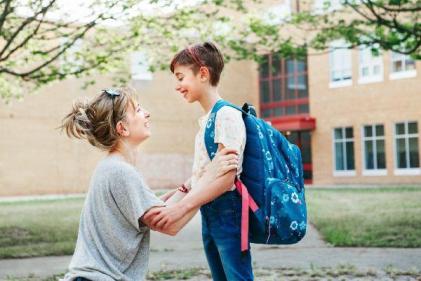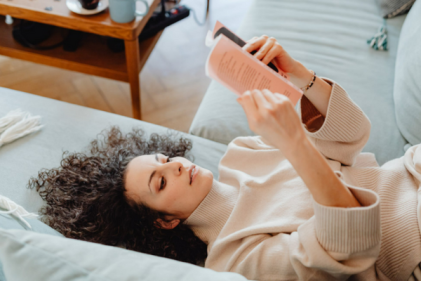
Checking for head lice should be a normal part of your child’s routine, like brushing their teeth or washing their hair, instead of being saved for when you get a note home from school.
The best time to check your little one’s hair good time is having their hair washed. You can even do it in front of the TV so they have something to entertain them while you comb through their locks.
What you need
- First of all, you’ll need a strong, fine-tooth plastic comb. The teeth should be close together so they can trap the head lice and allow you to search the hair more thoroughly.
- Good lighting is important so that you can spot lice and eggs, especially if your child’s hair colour is similar to the shade of lice or eggs.
- You can check dry hair, but it’s better to work with damp hair, especially if your little one has thick or curly hair.
- Be sure you use conditioner when washing to minimise tangles and make the hair easier to comb.
How to search for head lice
- Divide the hair into small sections and work through them methodically.
- Return to sections you’ve previously combed through just to make sure a louse hasn’t hidden way. They move fast and are small so they can be hard to find!
- Comb close to the scalp rather than concentrating on the ends of hair as this is where eggs and lice will be found.
- Prime spots for lice include behind the ears, nape of the neck and top of the head.
What to look for
- Adult lice at 2-4mm in size, while younger lice are smaller.
- Live lice remain close to the scalp and are reddish-brown.
- Eggs, also known as nits, are attached to the hair and can be brown, tan or yellow in colour.
- Once the louse has hatched from the eggs, they become white or even transparent.
Dealing with head lice
To diagnose a case of head lice you need to find them alive. Once you do, you’ll need to use a treatment, like Hedrin, which offers a number of products to help you out.
For more information on the Hedrin range, click here.





